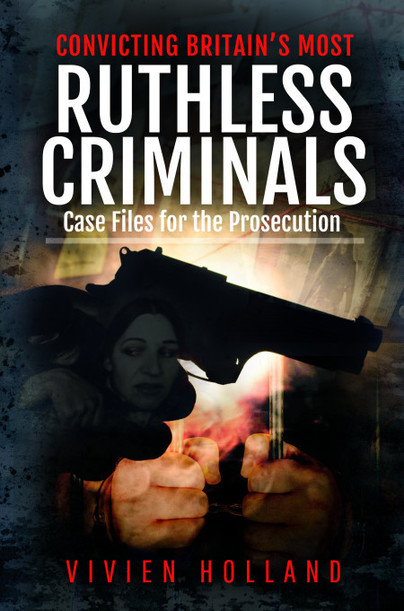Author Guest Post: Vivien Holland
The Ouija Board and the Jury
You might think the best way of getting to the truth is to simply ask the victim who the perpetrator was. This is impossible in the case of murder of course but one jury just decided to try anyway. In 1993, a newlywed couple, Harry and Nicola Fuller, were murdered at their cottage in East Sussex. Both of them were shot dead. A year later, the suspect, Stephen Young, was on trial for these murders at Hove Crown Court. After hearing the evidence, the jury had retired to consider their verdict. In those days it was still quite common for juries to be put up in hotels overnight. They were staying at the Old Ship Hotel in Brighton. As bedtime approached, the court bailiffs asked the jurors to retire to their rooms. However, after a few drinks, four jurors continued their evening in another room. Perhaps they were feeling uncertain about the verdict they were soon to have to agree upon; or maybe they were just having a bit of fun after a glass or two of wine. Either way, they thought they would summon up the spirits of the dead couple and check with them if they had the right man.
They rigged up a crude Ouija board using a piece of paper and a wine glass and began the séance. The each put a finger on the wine glass and asked the question Who killed Harry Fuller? The glass spelled out the words Stephen Young done it. They then asked How? The reply came back Shot. The final words delivered the instruction Vote Guilty tomorrow. Spooky. The murder weapon was also correctly identified as being a gun. They were terrified. They agreed not to tell anyone. The next day the jury returned a verdict of guilty on both counts of murder and Young was sentenced to life in prison.
The news of the séance did get out eventually It made headlines. The defendant took the opportunity to appeal what seemed an unsafe verdict. An investigation was conducted, which found that what they had done did not constitute formal deliberations and therefore did not contribute to the decision-making process. Sworn affidavits from each of the 12 jurors and the bailiffs were taken. The investigation had to be careful not to probe what went on in the jury’s deliberations because they are completely private. The investigation concluded that the outcome of the séance could have influenced the verdict, so the appeal was granted. Which led to a retrial. Young was once again found guilty of both murders, this time without the help of the Fullers and a wine glass.

Read more from Vivien Holland in Convicting Britain’s Most Ruthless Criminals.

